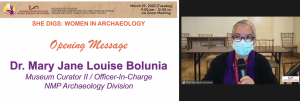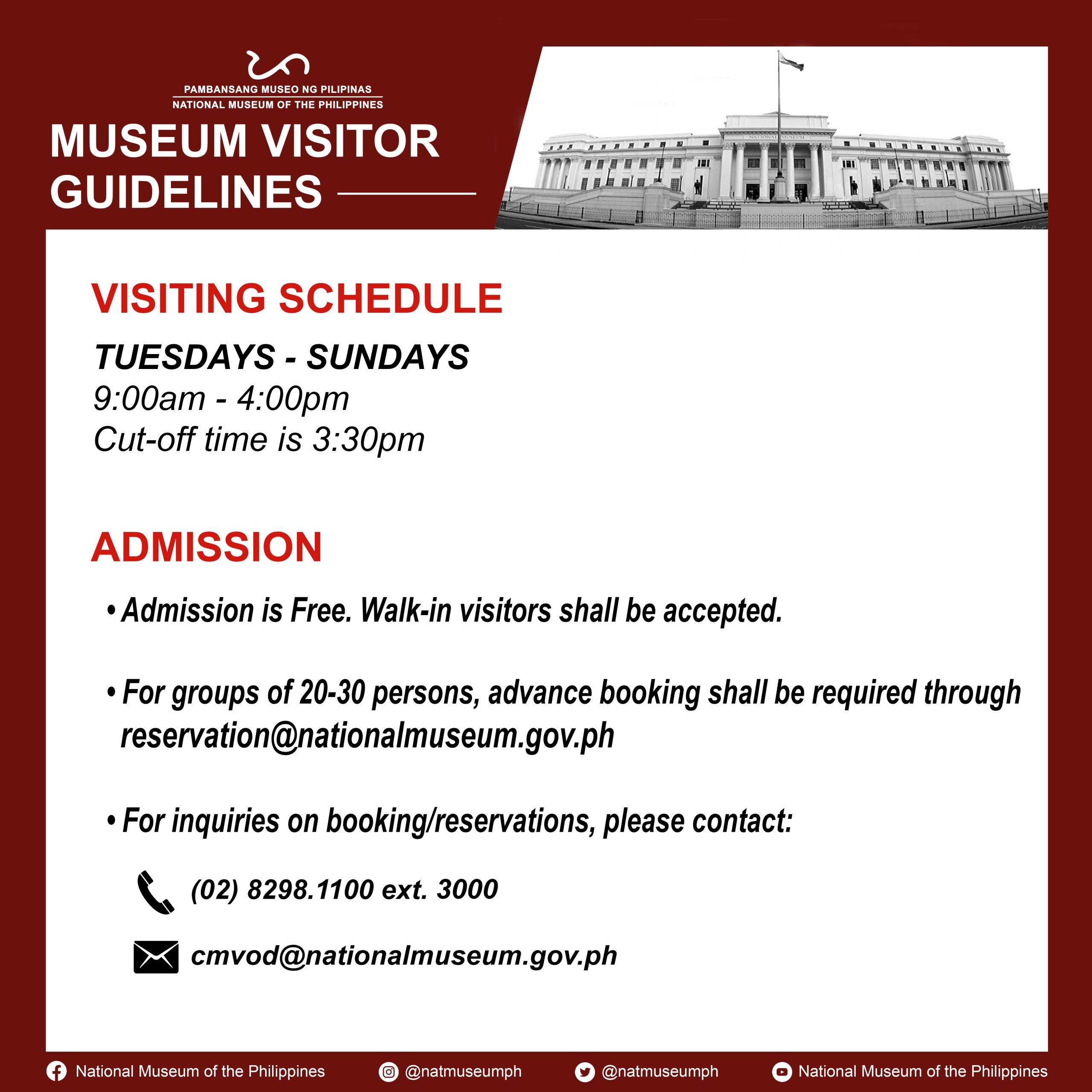National Museum and Gokongwei Brothers Foundation, Inc. launch the Elizabeth Y. Gokongwei Ethnographic Stoneware Resource Center at the National Museum of Anthropology
The National Museum of the Philippines (NMP), in partnership with the Gokongwei Brothers Foundation, Inc. (GBFI), launch the Elizabeth Y. Gokongwei Ethnographic Stoneware Resource Center (or EYG Resource Center) located at the 5F, East Wing of the National Museum of Anthropology in Manila on 11 June 2022.
The EYG Resource Center houses over 1,000 jars, plates, and bowls from the National Ethnographic Collection dating from the 15th to the 20th century, from the different ethnolinguistic groups in the country, including Bontok, Ifugao, Ibaloy, Ilokano, Gad’dang, and Pangasinense communities in northern Luzon; Tagalog, Pala’wan, and Tagbanua communities in central and southern Luzon; and Maguindanao, Maranao, and Tausug communities in southwestern Mindanao. It also includes 73 Ilokano stoneware pieces which are part of the long-term lease of the Ilocos Historical and Cultural Foundation Collection to the NMP.
Through this project, the NMP and the GBFI wish to provide an open research facility that will encourage more students, educators, and researchers to engage in documenting ceramic traditions in the country and gain a better understanding of the breadth and depth of these collections concerning Filipino culture and identity. The NMP also aims to showcase best practices in collections management including documentation, proper handling, maintenance, and universal access. A designated space for documenting incoming and outgoing reference collections where they will be registered, assigned a number, examined, and photographed will be available for researchers who wish to access the catalog of the collections and examine selected objects with the supervision of the NMP collections managers. Museum visitors will be able to view the EYG Resource Center collection from outside of the hallway through its glass panels and observe how they are documented, maintained, and processed for exhibition, publication, and other educational programs. This will foster a better understanding of the nature and roles of museums, which is not only limited to exhibitions or repository space but as actively engaged in the process of preservation and promotion of cultural objects along with their stories.
This partnership will also develop corollary programs such as special tours, internships, and other educational activities as avenues to promote projects that will engage the source and indigenous communities, colleges and universities, cultural agencies, and private individuals or organizations. Free digital and print publications will also be produced as additional reference materials.
A non-stock, non-profit corporation committed to helping uplift the socio-economic condition of Filipinos through the funding of educational projects, GBFI believes that learning and education should encompass having an understanding of self and heritage, which is essential to the holistic development of the Filipino learner. On the other hand, the NMP as one of the primary cultural institutions in the country, is mandated to disseminate knowledge and raise awareness about the rich cultural heritage of the Philippines.
#Ceramics
#PhilippinePottery
#EYGResourceCenter
Text and Poster by the NMP Ethnology Division
© 2022 National Museum of the Philippines






 As we draw to a close the celebration of #NationalWomenMonth2022, we are sharing the highlights of the #NationalMuseumPH lecture
As we draw to a close the celebration of #NationalWomenMonth2022, we are sharing the highlights of the #NationalMuseumPH lecture 
 An open forum was very lively and interactive and there was not enough time to entertain the questions from the attentive participants. Bobby Orillaneda, Senior Museum Researcher and Officer-in-Charge of the Maritime and Underwater Cultural Heritage Division provided an in-depth recap of the wonderful talks, which he described as enriching and an eye-opener. He hoped that the participants learned from the webinar and that this knowledge equips them when confronted with gender issues in the field. He expressed support for women’s endeavors and agreed that archaeology is for everyone interested, regardless of gender.
An open forum was very lively and interactive and there was not enough time to entertain the questions from the attentive participants. Bobby Orillaneda, Senior Museum Researcher and Officer-in-Charge of the Maritime and Underwater Cultural Heritage Division provided an in-depth recap of the wonderful talks, which he described as enriching and an eye-opener. He hoped that the participants learned from the webinar and that this knowledge equips them when confronted with gender issues in the field. He expressed support for women’s endeavors and agreed that archaeology is for everyone interested, regardless of gender. 





